Hwange National Park Zimbabwe Safari Adventure
Matabeleland North - Zimbabwe
A safari experience with elephants and other wildlife at Hwange National Park
Largest natural game reserve in Zimbabwe and home of the Big 5
The golden hour in Africa. Shadows lengthened over the parched savanna landscape at Nyamandhlovu Pan. The last hour of daylight, before the sun sets over Hwange, wildlife come to quench their thirst. A safari experience like we’ve never had before unfolds before our eyes.
Nyamandhlovu Pan, Hwange
Standing on a raised deck overlooking the pan, we do not know where to rest our eyes over the waterhole. On the right a small group of elephants depart, still glistening from their bath. Behind them a herd has just arrived, some immediately plunging into the water and others hastily drinking before they enter.
On the edge of the dam to the far right yet another elephant submerges itself, rolling in the water and washing the dust off its hide. Next to him another curls its trunk to slurp up water.
Elephant calves are mimicking their elders and relishing in the experience. On the opposite side of the pan another herd wallows a little longer before leaving. Was there silent communication or just consideration for the next group? On the horizon a barrier of green shrubs changes into a fluid movement. A huge herd of elephants detach from the vegetation, amble towards the pan, replace the group that had just left and take their place for a turn at the water.
If you love elephants then Hwange National Park is the right place for you.
Elephants bathing without being concerned about the two crocodiles behind them in the water
Wild and wonderful African safari moments at Hwange
Earlier that morning we had left Matobo National Park, drove to Bulawayo and stopped for a short time to refill with fuel and stock up on a few supplies. We were traveling overland through Zimbabwe on a guided tour with a convoy.
Our next destination was Hwange National Park, formerly known as Wankie Game Reserve, where we were to camp for three nights. This was our first real Zimbabwean safari experience on this trip. We were all looking forward to it.
The distance from Matobo was just under 400 kilometres, about a four-and-a-half-hour drive. This is the same route you would take to head to Victoria Falls, north-west of Hwange.
Hwange National Park Main Camp
We were camping at the main camp and were pleasantly surprised by the campsite. Spacious, with basic facilities and hardly anyone there so our group could spread out if we wanted to.
The water at the bathrooms were heated by a ‘donkey’ – not the four-legged variety, but by a wood fuelled boiler.
Hot tip: Before your shower take note if the fire is burning. In fact, take note before entering the building as the boiler is outside, unless you want to run around out there with just a towel around you.
If you forget to look before you enter the bathroom, you could end up with cold water, but if you stoke the fire with a couple of bits of wood just before you hop under the shower you can have lovely hot water. One soon gets the hang of it after a few failed attempts.
Initially we thought the camp would be unfenced but we were pleasantly surprised that there was a fence so our fears of having wildlife roam throughout the camp was unfounded. There may have been some of us that were disappointed and would rather have been deeper into the bush.
Main Camp at Hwange with one of the ablution facilities
Nyamandhlovu Pan
After setting up camp late that afternoon we drove to Nyamandhlovu Pan which was fairly close to the campsite. This was the highlight of our stay at Hwange. For the time we were at the pan there must have been hundreds of elephants walking to and from the waterhole, slating their thirst or splashing and rolling in the water.
No sooner would one herd leave when the next family would arrive. There must have been some communication between the herds, silent or otherwise unknown to us humans because there was hardly any confrontation between the groups. They seemed to know when their time was up.
I savoured the joy of watching the antics of the young calves, with only the tips of their tiny trunks sticking out of the water at times.
Two little trunks sticking out
Residents of the waterhole were some hippopotami and crocodiles although we only caught a glimpse of the hippos. Various other wildlife such as zebra, small antelope and birds utilized the pan as well but we ostensibly only had eyes for the elephants until a nervous giraffe kept us amused for a while.
The giraffe would shuffle his legs till they were wide apart and he was satisfied with his stance. He would lower his head to drink. Just before touching the water with his curled lips he would change his mind, drag his legs together, stand upright and stumble backwards for a few steps.
Whether he saw a crocodile in the water, because there were some, and did not trust it or imagined there was one, he was uneasy and did this a few times. Eventually after many attempts his thirst got the better of his fear and he drank sufficiently before he dashed off.
The lookout deck at Nyamandhlovu Pan
All too soon we had to head back to camp before it was dark, finish setting up camp, have dinner and settle for the night.
The following two days we could drive around on our own at our leisure. Arrangement was to meet the group for lunch at some of the picnic spots. On the first day we met at Kennedy Picnic site. On the second day we were planning to meet at Shumba Picnic site but a group of campers were erecting their tents for a couple of nights camping so we drove past and had our lunch elsewhere.
Missing out on updates about Roaming Fox Adventures? Subscribe and be the first to know.
Kennedy Picnic site
Camping area at Kennedy
Part of our group meeting at Kennedy
At the time groups of up to 10 people were allowed to camp at some of the picnic sites, including Kennedy, but one had to book far in advance to get a place. Although fenced, these were more wild but also more secluded at night. They had a small ablution block with running water. I was quite disappointed that we weren’t spending a few nights at one of these sites.
Shumba Picnic site
Other interesting safari experiences at Hwange
Naturally the second evening we had to return to Nyamandhlovu Pan to watch the elephants but that first night was the most spectacular. Nevertheless, we still enjoyed watching several elephants for a long time.
We spent many hours driving around during those two days. The wildlife was concentrated in certain areas, especially at the waterholes and pans.
Elephants and sunset
At one of the dams we saw a spectacular sunset on the last day. Inland in countries such as parts of South Africa, Zimbabwe and Botswana, African winters are usually dry and sometimes with little to no wind. Dust hangs in the air for ages. This makes for great sunsets albeit a bit grainy. We had some magnificent moments watching the silhouettes of elephants as the sun set. The photos aren’t the greatest but you’ll get the idea.
Baboon escapade
At one of the waterholes in Hwange Game Reserve, we watched a baboon for a while. He didn’t look that great, stumbling and falling as he made his way across the grassy plains. At first we thought he could be ill. He drank some water then took a few staggering steps and flopped down for a rest. He stood up but crumpled to the ground again, rolled over and hugged his knee. Eventually he got up and slowly zigzagged his way to another section where he lay flat on his stomach and drank water.
We were in hysterics watching him and after a while gathered he must have eaten some fermented fruit that made him dizzy.
More and more elephants
At one of the other waterholes we drove past we saw yet again more elephants and a number of other wildlife.
Elephants, giraffe and kudu
A sighting of a human being
One of the funniest sights was seeing a man up a tree. You heard me. New species in a game reserve? We could not believe our eyes. We presumed he must look after the pump at one of the waterholes and was on the lookout for predators. Not that those said predators cannot climb trees… Mind you, maybe he was just enjoying the view.
We saw a variety of wildlife while driving around in Hwange, but at times we saw nothing. One of our mistakes was trying to cover as much ground as possible as Hwange is the largest national park in Zimbabwe.
Kudu and zebra
Sable antelope
Zebra
If your aim is to see elephants, then this is the right place. I should devote an entire blog just to those elephants. Oh, wait, I did! Read it here. We took so many photos and I simply could not just publish a few. I cannot even publish all of them here.
We did not see any of the other Big 5, but that is just the nature of any safari. Sometimes you see a lion and at other times you see a leopard. This time it was elephants. I have no regrets because this was a fantastic experience for them alone.
As we left the park to head to our next destination, we were fortunate to have a pack of collared African wild dogs or painted dogs as they are known to some, running in the wild past us.
African Wild Dog
Just a little further, we visited the conservation centre where other wild dogs are rehabilitated which we found very interesting.
Next destination and adventure on our Zimbabwe overland trip:
Heading north to M’libizi to board the Kariba Ferry.
Information about Hwange National Park
A popular park of Zimbabwe, Hwange National Park is the largest national park in the country and one of the bigger parks in Africa’s Eden. Previously known as Wankie Game Reserve, it is home to the Big 5.
Approximately 14 600 square kilometres in size, it was founded and granted game reserve status in 1928 and to the best of my knowledge, proclaimed a national park in 1949.
Hwange consists of three individual sections and administrative offices. One is at the Main Camp, a second at Sinamatella, and another at Robins.
Tree trunk used as a rubbing post
What can you see at Hwange National Park
The best time to visit the park is in the dry season which runs from approximately August to October, when animals tend to be closer to the waterholes. However, if you have another opportunity and can go during the summer, you should see the park through a different light.
There are over 100 mammal species and nearly 400 bird species. Water is provided for the animals through numerous pans and pumped waterholes.
Hwange National Park is part of the Kavango-Zambezi Transfrontier Conservation Area (KAZA). This is a tourism without boundaries initiative that spans the five countries of Namibia, Botswana, Zimbabwe, Zambia and Angola. The KAZA dream is to implement the KAZA UniVisa, so that tourists will no longer need multiple visas to visit this area and essentially allow free movement of tourists and thus save time and money.
For further information visit the KAZA website. I do not know if the univisa is in place yet.
Brief History of Hwange
What is the significance of Hwange?
The nomadic hunter and gatherer San people sporadically populated the area between the 4th and 11th century.
Thereafter with the arrival of the Bantu people, they overshadowed the San. Chief Hwange from the Lozi tribe, whom the park is named after, settled in the area but was overthrown by Chief Mzilikazi, a Matabele warrior king. He was on the run from the Zulu chief, Shaka.
In the early 19th century the massive wilderness area was Mzilikazi’s royal hunting grounds.
Afterwards European colonials arrived, and hunting was a popular sport that caused the wildlife to dwindle but thankfully in 1929 Hwange, now the largest national park in Zimbabwe was proclaimed a conservation area.
The Wankie Game Reserve, Robins Game Sanctuary and Guzuma Pan Game Reserve were amalgamated to create Wankie National Park which was later named Hwange National Park.
During Zimbabwe’s political and economic struggle Hwange suffered greatly and of course the number of tourists dropped but recently it has become a popular safari destination once again.
Accommodation and camping
There is a range of accommodation and camping facilities to suite all kinds of travel budgets within Hwange from luxury safari lodges run by private operators to camping and caravan sites in the Main Camp.
The Main Camp is at the entrance to the park and includes self-catering chalets and cottages, a camping and caravan site, and a restaurant.
Camping is permissible in enclosed picnic areas deeper into the park. Each picnic area has small ablution facilities with running water where 10 people may camp overnight. This needs to be booked well in advance and the sites are open to other day visitors so your privacy might be invaded.
Reception at the Main Camp
Campsites at the Main Camp
Restaurant near reception
Information about Painted Dog Conservation Centre
The Painted Dog Conservation Visitor Centre is about a 15-minute drive (16 km) from Hwange’s Main Camp. It is a rehabilitation centre for sick and injured African wild dogs also known as painted dogs. The aim of the conservation centre is to care and protect this critically endangered species. They are then released into the wild. The centre has been successful in increasing the population of wild dogs to almost double since its establishment in 1992.
The conservation centre is worth a visit. The organisation works closely with the local community and involve them as well as educate them about the value of African wild dogs.
Climate at Hwange
Hwange can be very hot during the summer months of October to March. In winter between April and July it can be cold and frosty. It is always advisable to have a selection of both warm and cold weather clothing as once the sun sets it can be quite chilly at times.
Each season is special but if your main aim is to see wildlife, then the best viewing can be from July to October.
Where is Hwange National Park?
Hwange is located in Matabeleland North, Zimbabwe and lies on the border of Botswana.
The town of Hwange is 80 kilometres away, just north of the park.
Victoria Falls, situated northwest of Hwange, is 116 kilometres away.
Bulawayo, situated south of Hwange is 286 kilometres away.
Looking for activities to do in Hwange?
Hwange Horseback Safaris offer horse riding activities to guests staying in and around the park. They also offer a sunset ride option. What better way to submerge yourself in the bush and get close to wildlife without the distraction of vehicle engines. You can expect to see elephant, zebra, kudu, impala and buffalo as well as a variety of birds.
On Pinterest? Pin and read later:
Find me on Social Media:
Here are some of my favourite tips and resources when we travel:
Researching a destination to find out more about it? We use Tripadvisor. You can even get a great deal from them!
How do you get there? Use Aviasales to check flights.
Pre-organised tours and jump the queue entrance tickets are obtainable from GetYourGuide. It is a great website to browse through and book while Big Bus Tours are ideal for hop on hop off tours. Expedia UK are great for adventures and experiences, holiday deals and trip ideas.
Where are you going to sleep at night? Booking.com have great deals and Hotellook have great discounts and hotel deals.
Going to Europe and want to hire a campervan? Try PaulCamper, Europe’s largest platform to hire or rent out campervans throughout the UK or Germany, Austria and the Netherlands.
If you have not found what you are looking for, head on over to my Shop page and browse there.
Step by step instructions on how to leave a comment on my blog:
Type in your comment in the comment box.
Click ‘Post Comment’
Briefly a message should appear saying you are not logged in, then a box with ‘Post a Comment’ will appear for you to complete with your name, email address and website URL (if you have one).
Fill in your first name and email address in the appropriate section. (Your email will not be made public and will not be used for any other purpose than for you to get a notification of a reply to your comment.)
Click ‘Comment as Guest’ and you’re good to go!
To subscribe to my blogs, please fill out the SUBSCRIBE form.
Thank you.
I know it is quite a process, but it helps keep our websites secure. Your email address will not be shared or displayed.


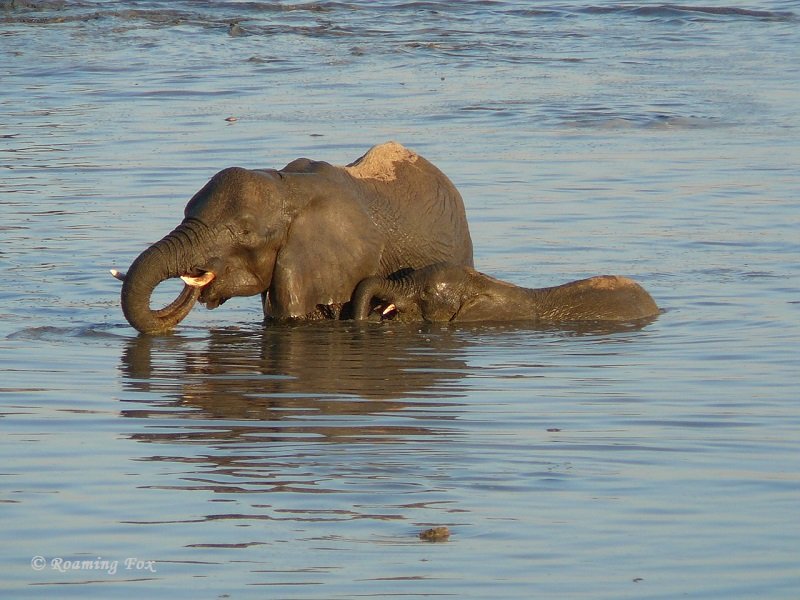










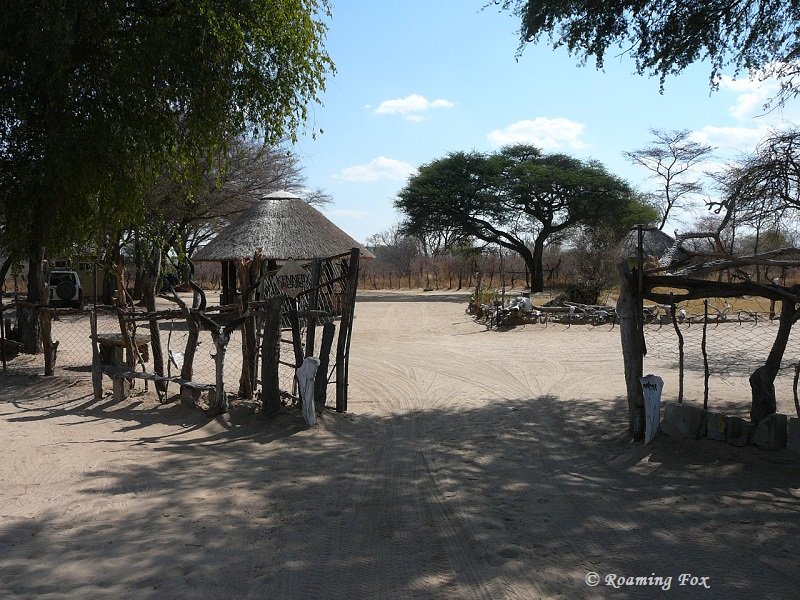






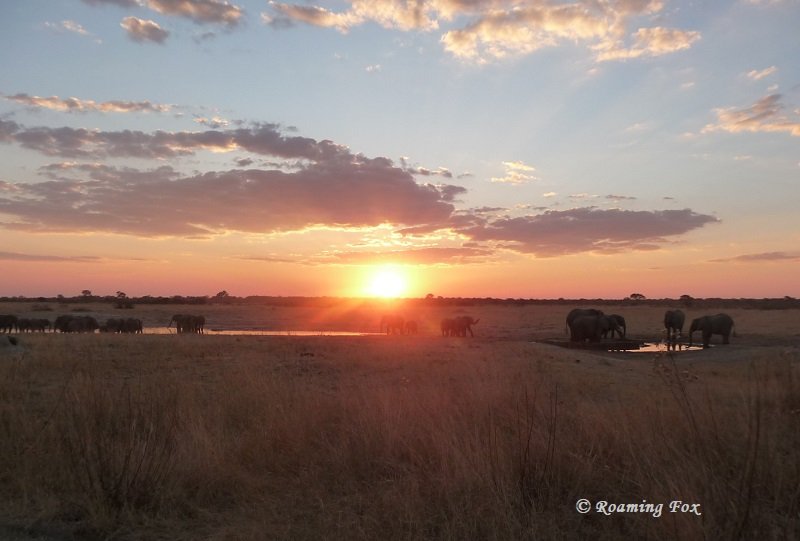



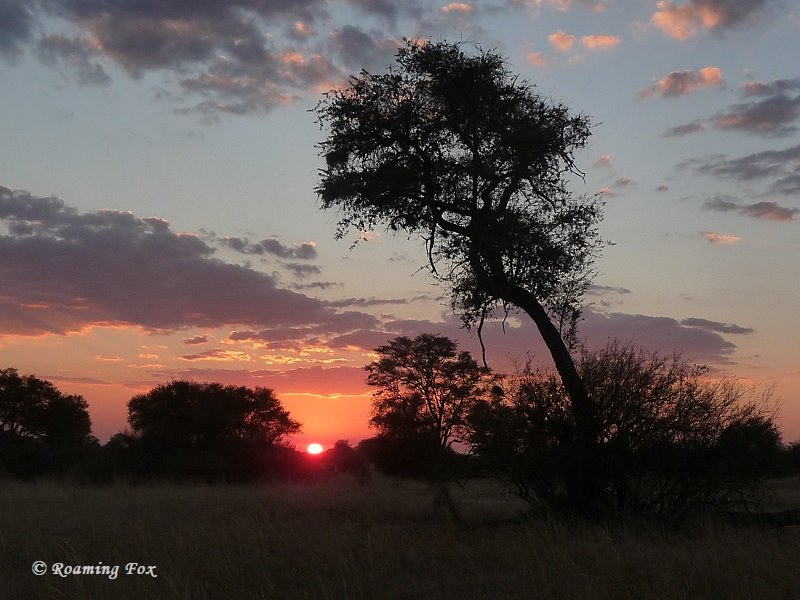
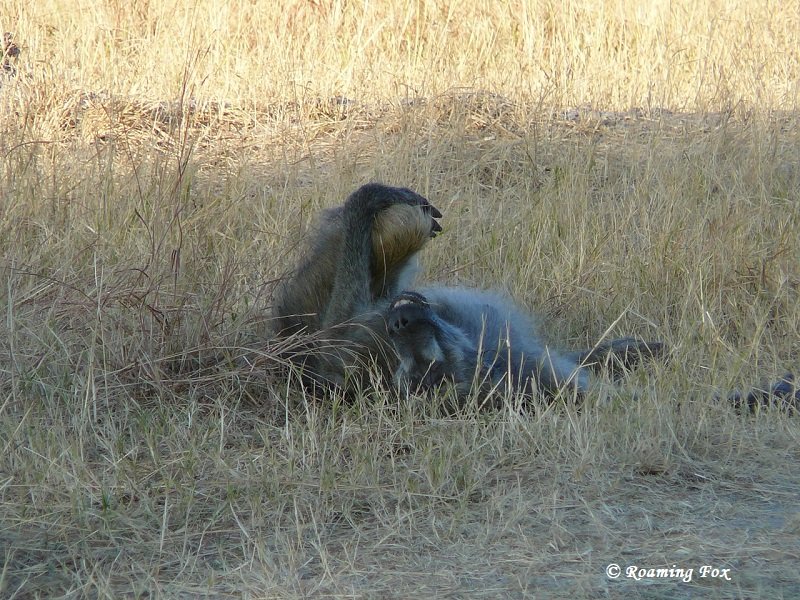

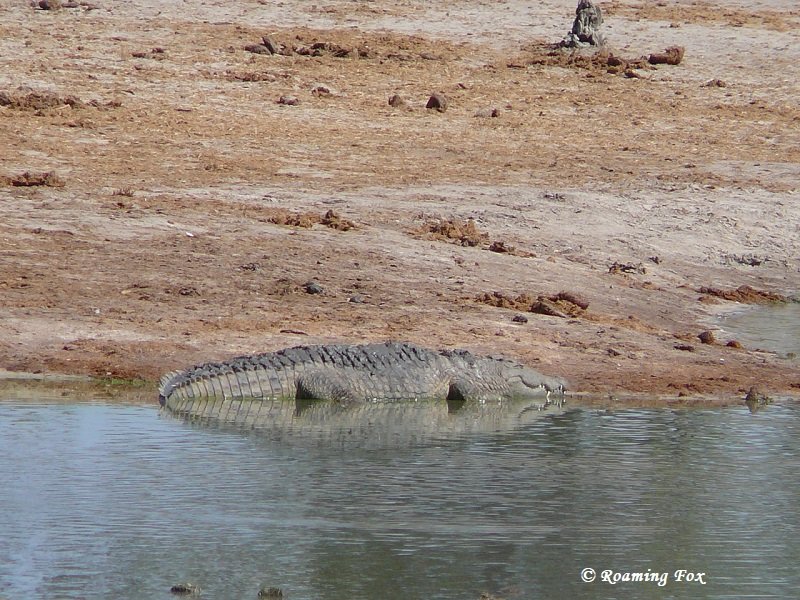
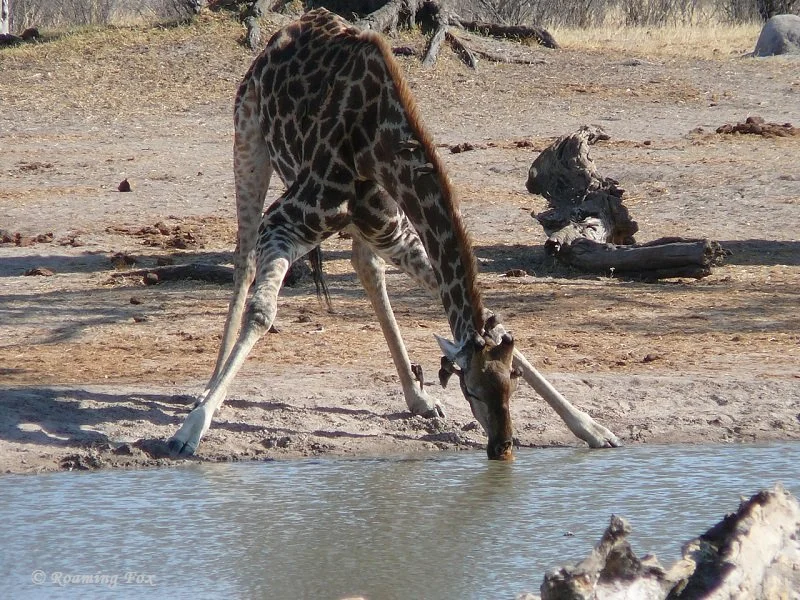


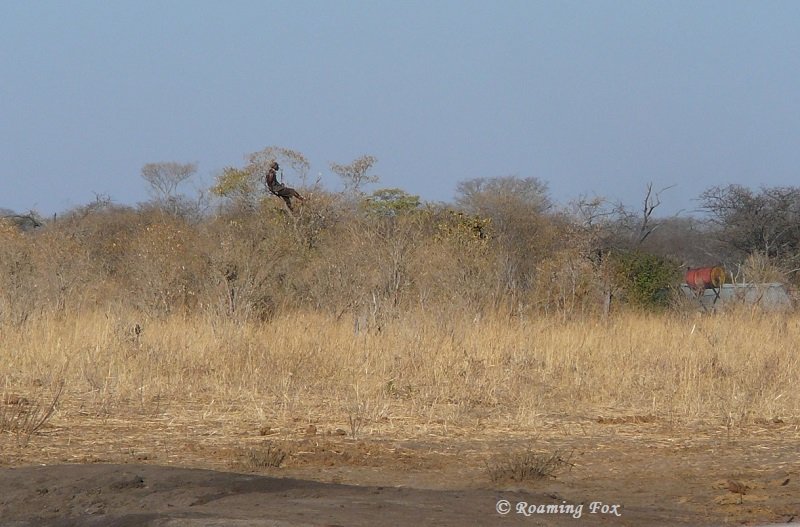
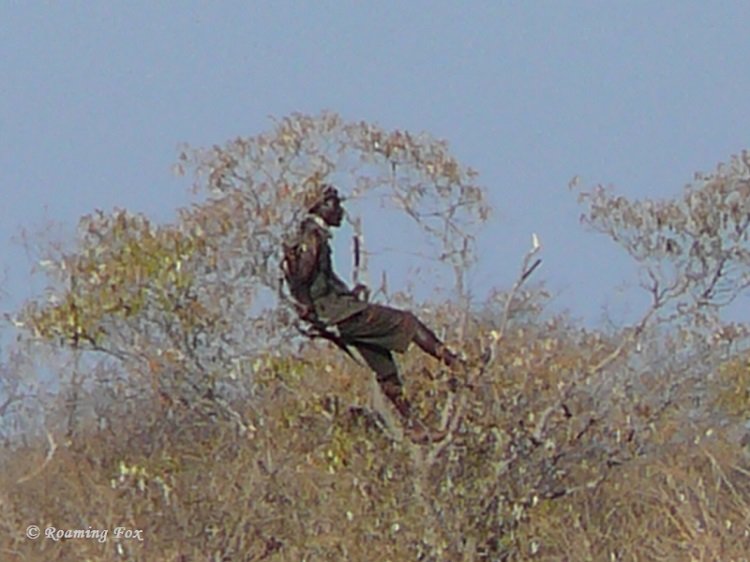










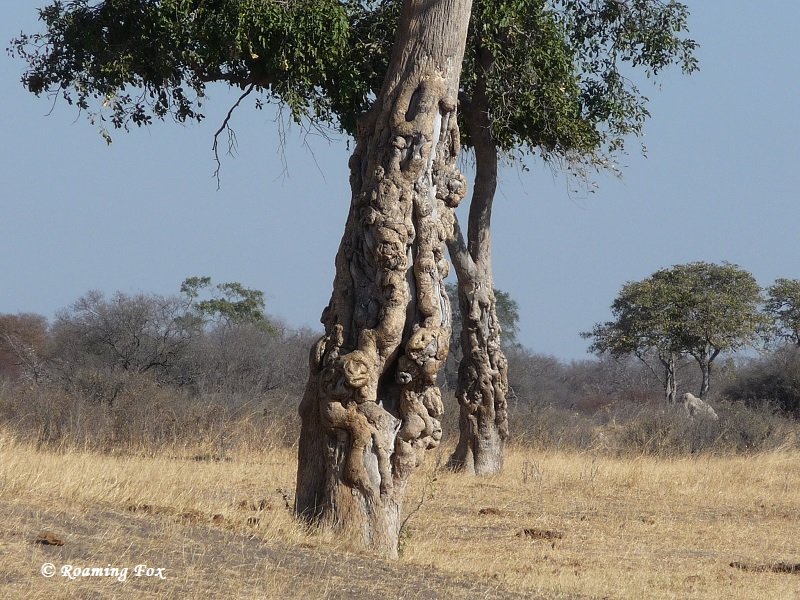


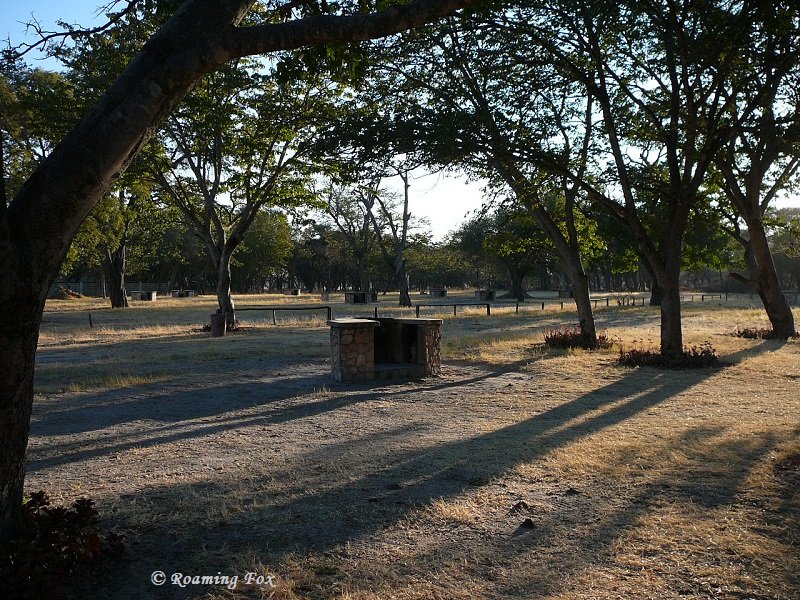









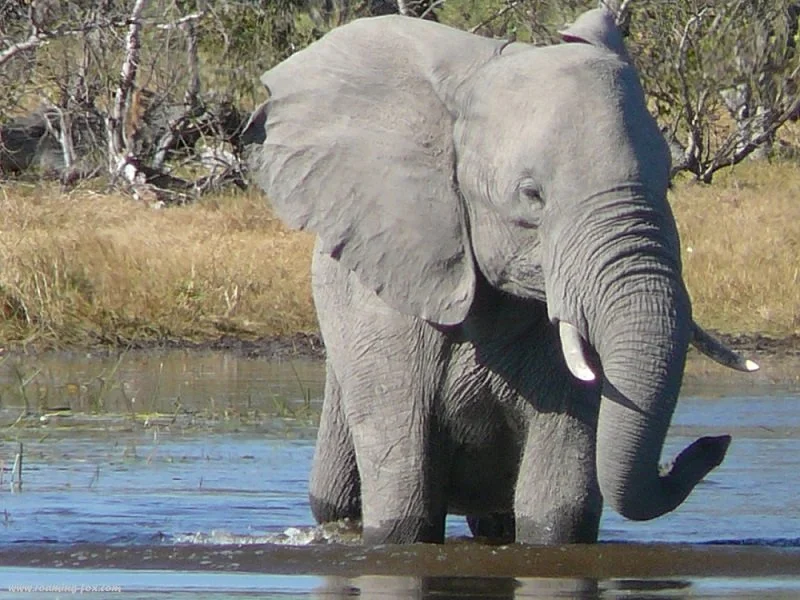
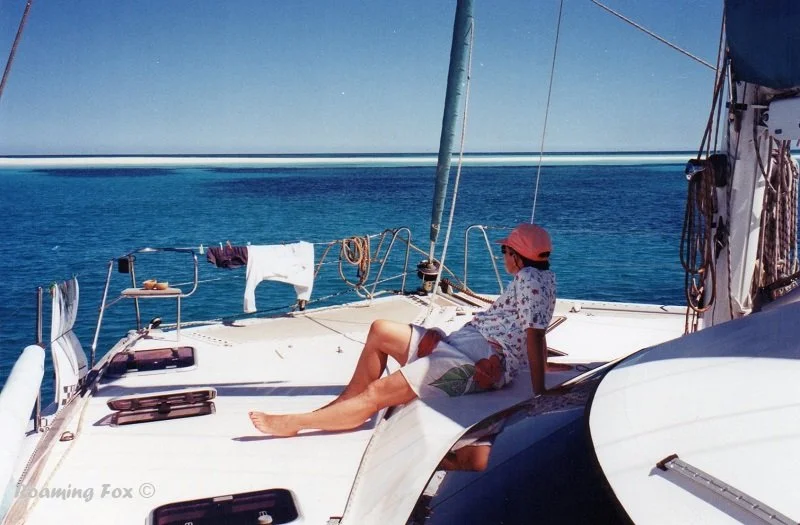

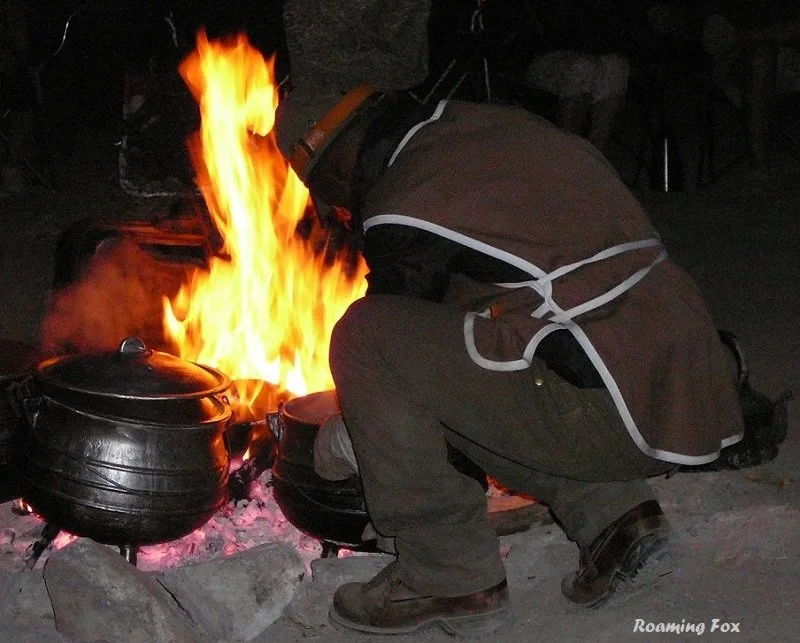





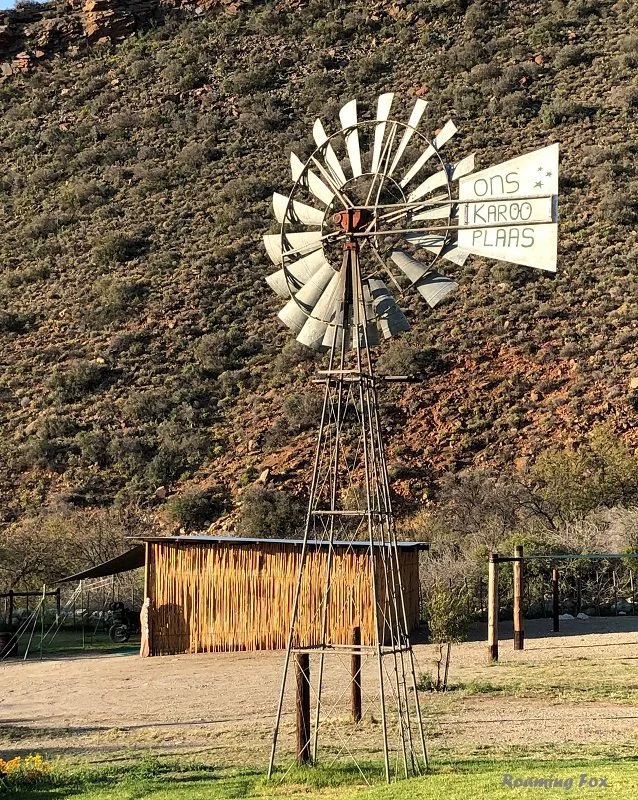


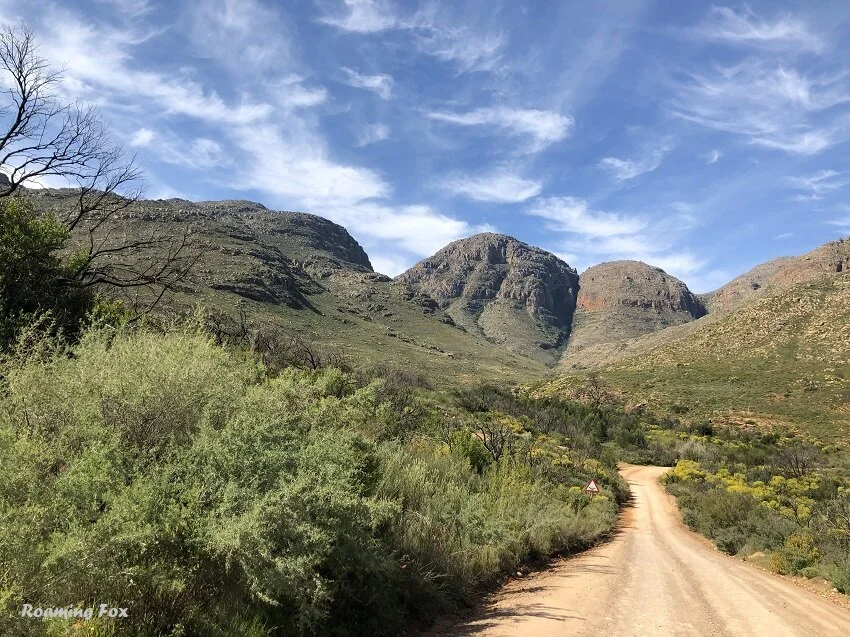
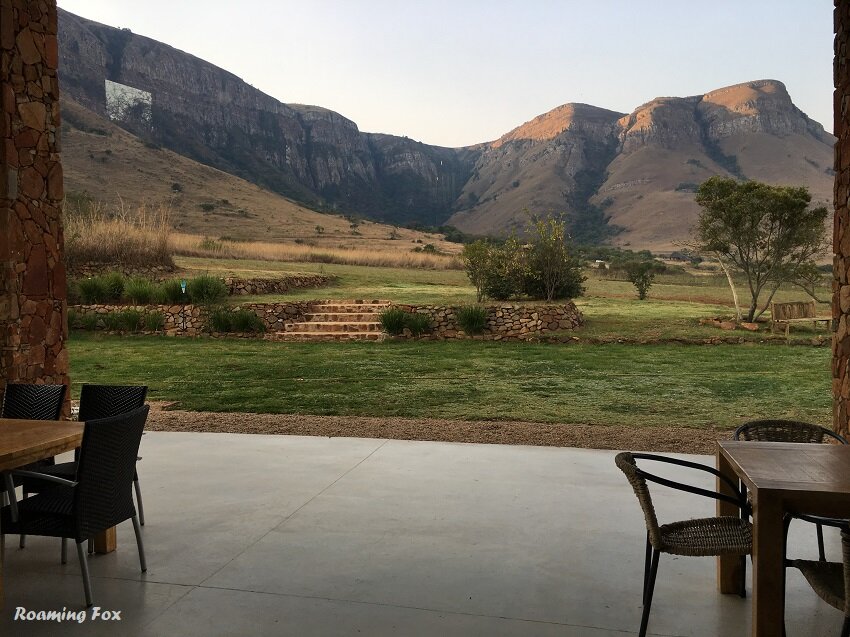




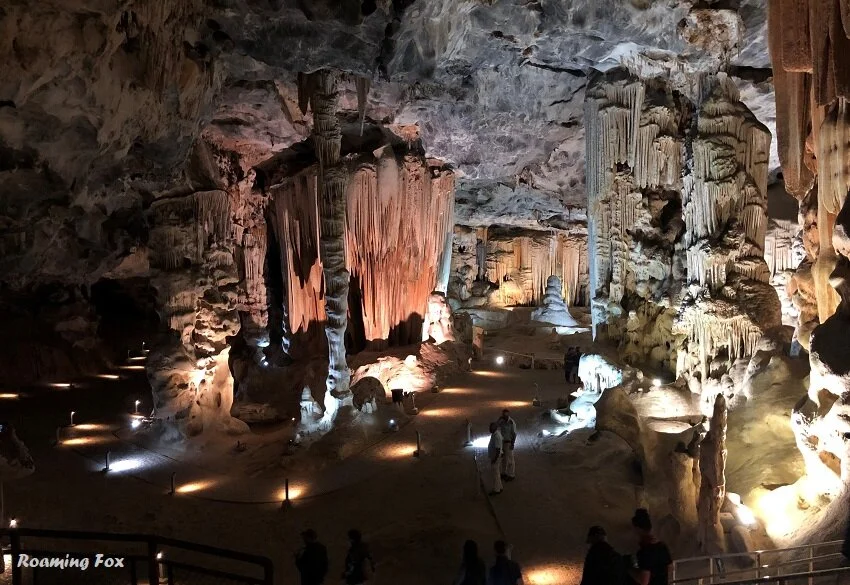

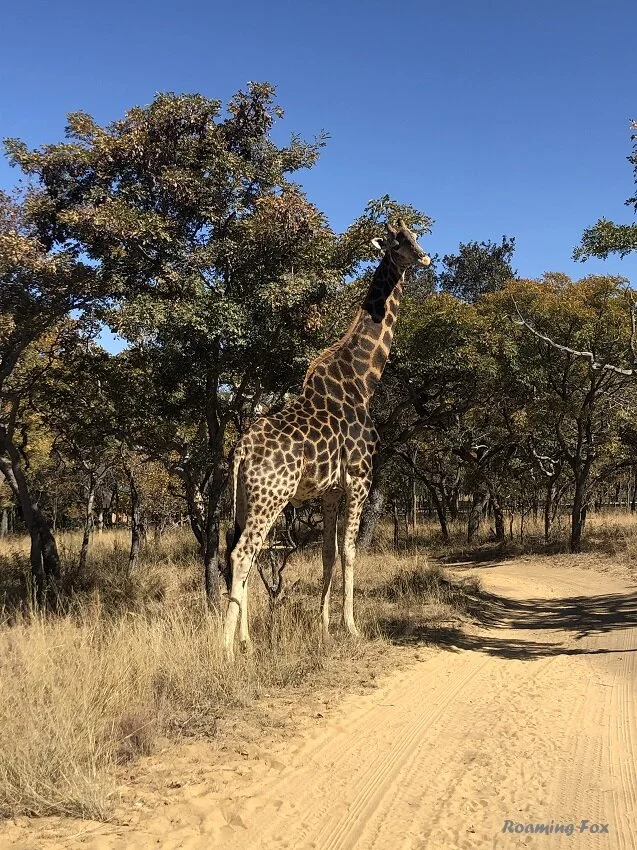
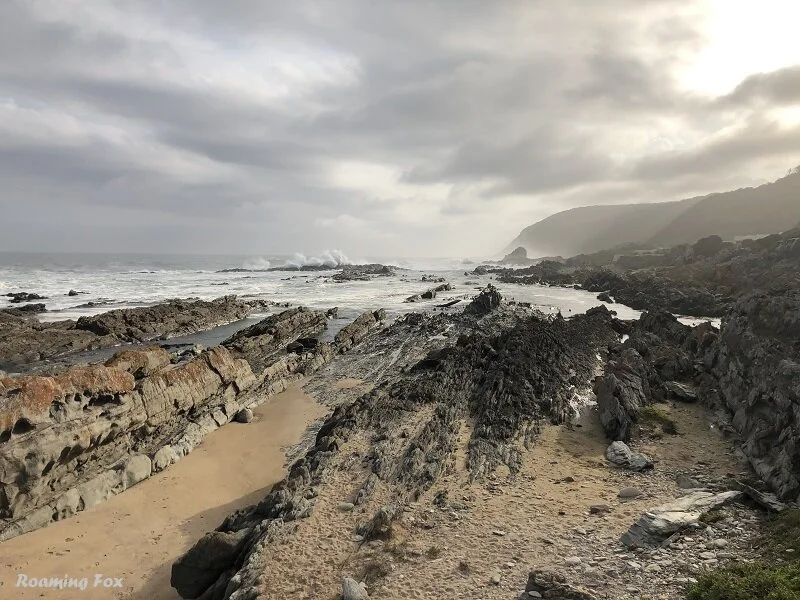
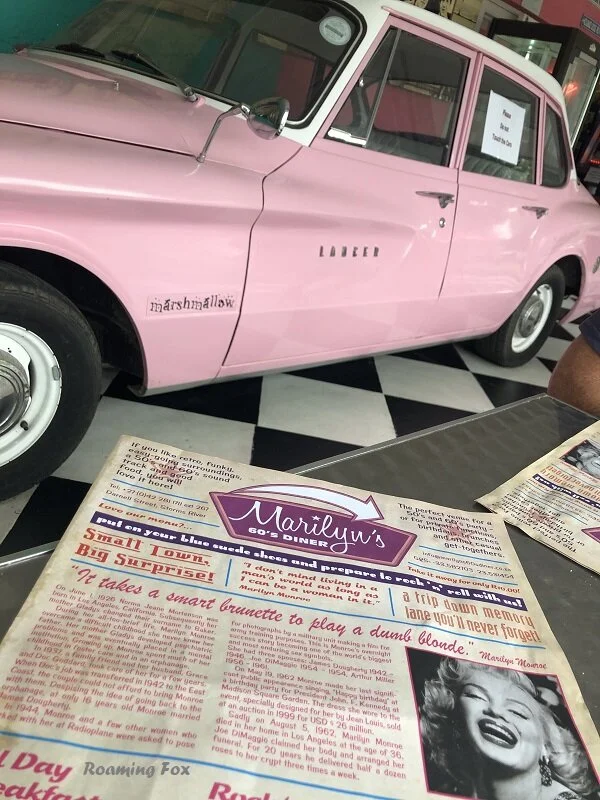
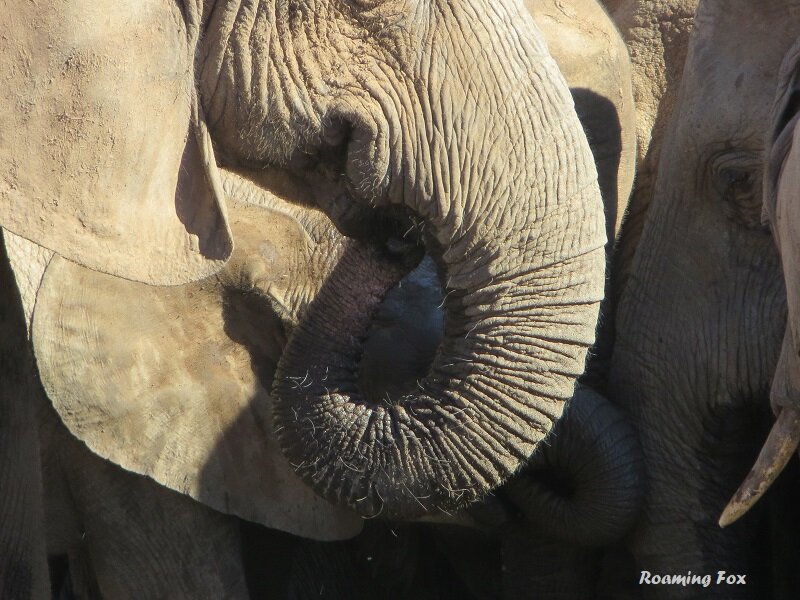

The Best Way to see a country? Take a road trip! Have you ever had that feeling when you hit the open road on your road trip? Freedom. Anticipation. Exhilaration.